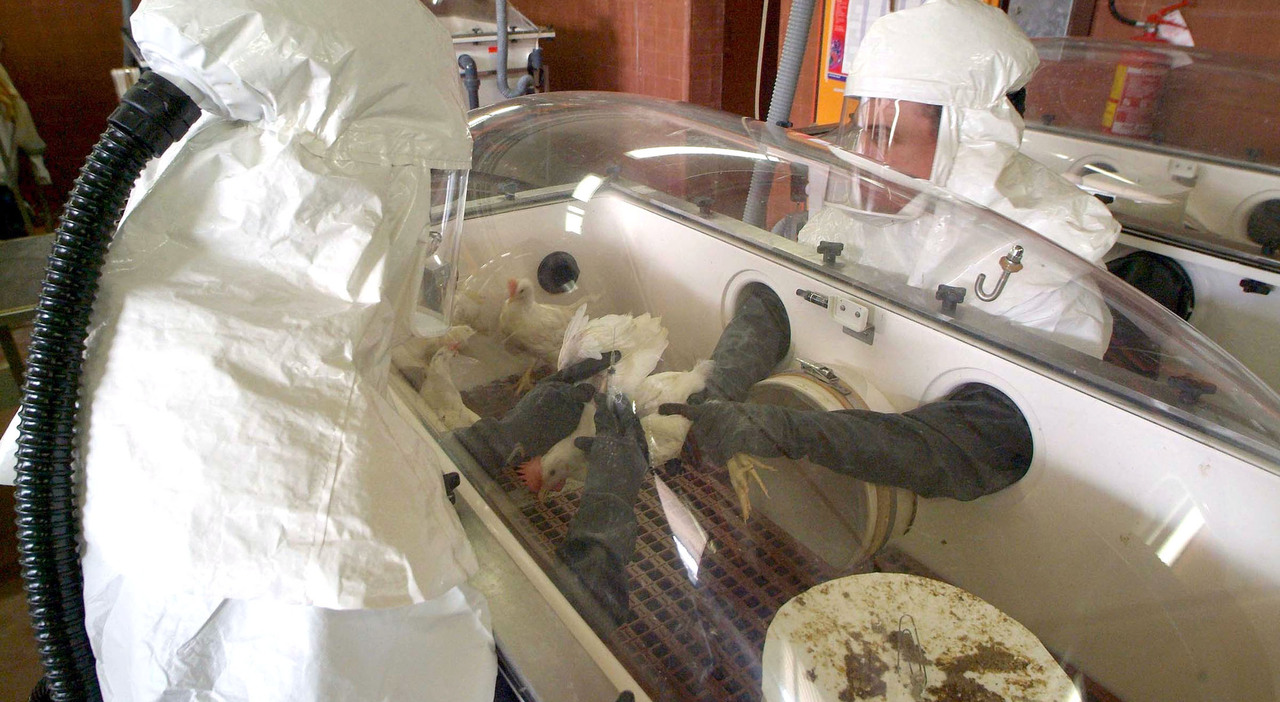Monday 20 June 2022 – 13:02
NASA Dart mission captures image of star Vega
Check out travel to asteroids for a planetary defense mission

ROME, June 20 (Askanews) — While traveling toward its target, a pair of asteroids Didymos and Demorphos, NASA’s Dart probe had the opportunity to put its instruments to the test. The team at the Johns Hopkins Applied Physics Laboratory (Apl) — which manages the mission on behalf of NASA — captured about 150,000 images of different stars using the spacecraft’s camera, the Didimos Reconnaissance Camera and the Asteroid Optical Navigation (Draco) camera.
DART (Double Asteroid Redirection Test) is the world’s first planetary defense test mission with the goal of deliberately hitting the asteroid Demorphos to slightly modify its movement in space. While none of the asteroids poses a threat to Earth, the DART mission intends to demonstrate that the spacecraft can autonomously navigate toward a kinetic impact on a relatively small target asteroid and that this is a viable technique for distracting a truly dangerous asteroid, if any. Discover. DART will reach its goal on September 26, 2022.
On May 27 – Global Science reports, the online newsletter of the Italian Space Agency – Dart pointed Draco toward Vega, one of the brightest stars in the night sky. The first black and white image taken clearly shows a bright spot at a distance: 25 light-years away, Vega is relatively close to our solar system. The image is intentionally saturated to support the so-called scattered light test. The six visible points on the star’s edge are the result of the diffraction pattern from the structure that holds the secondary camera’s mirror in place.
Draco plays a crucial role in the mission: he will not only obtain images of the two asteroids, but will also support the autonomous guidance system of the Smart Nav probe, which will guide Dart to its final destination.
Also on board the Dart is the LiciaCube, an Italian nano-satellite built by Argotec in coordination with the Italian Space Agency, while the science team consists of a broad Italian community that includes many members of research institutions and academies, coordinated by INAF.
The LiciaCube will be launched – 10 days before the collision – into space and will, in autonomous navigation, fly close to the asteroid system, staying about 50 kilometers away. With his two cameras on board (Leia, Liciacube Explorer Imaging for Asteroid; and Luke, Liciacube Unit Key Explorer) he will be first-hand witness to Dart’s impact on Dimorphos.
The LiciaCube team, all Italian, includes researchers from the National Institute of Astrophysics, the Polytechnic in Milan, the Universities of Bologna and Parthenope in Naples, at Ifac-Cnr in Florence. The LiciaCube will be the first deep space mission to be independently developed and managed by an Italian team, and in addition to witnessing the impact of Dart on site, it will perform independent science while in flight with Dimorphos.


“Infuriatingly humble social media buff. Twitter advocate. Writer. Internet nerd.”


